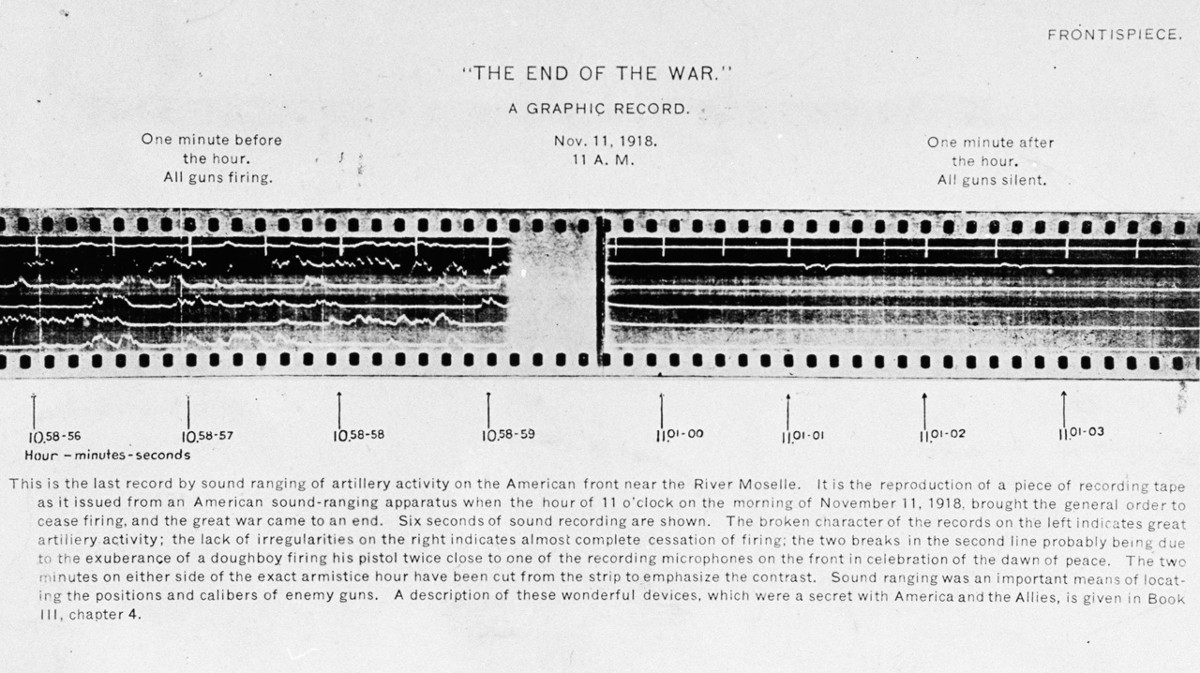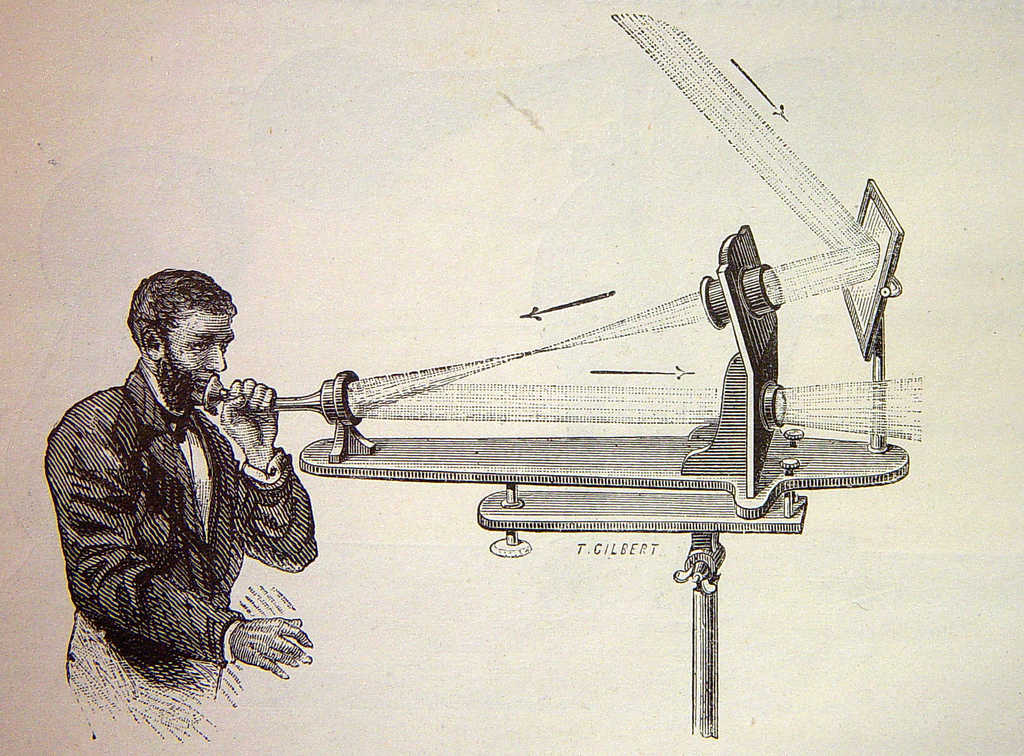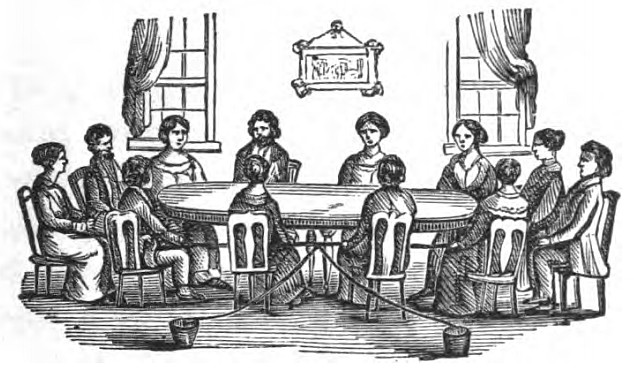Michael Snow’s 1967 experimental film Wavelength consists essentially of an extraordinarily slow 45-minute zoom on a photograph on the wall of a room. William C. Wees of McGill University points out that this raises a philosophical question: What visual event does this zoom create? In a tracking shot, the camera moves physically forward, and its viewpoint changes as a person’s would as she advanced toward the photo. In Wavelength (or any zoom) the camera doesn’t move, and yet something is taking place, something with no analogue in ordinary experience.
“If I actually walk toward a photograph pinned on a wall, I find that the photograph does, indeed, get larger in my visual field, and that things around it slip out of view at the peripheries of my vision. The zoom produces equivalent effects, hence the tendency to describe it as ‘moving forward.’ But I am really imitating a tracking shot, not a zoom. … I think it is safe to say that no perceptual experience in the every-day world can prepare us for the kind of vision produced by the zoom.”
“What, in a word, happens during a viewing of that forty-five minute zoom? And what does it mean?”
(From Nick Hall, The Zoom: Drama at the Touch of a Lever, 2018.)





